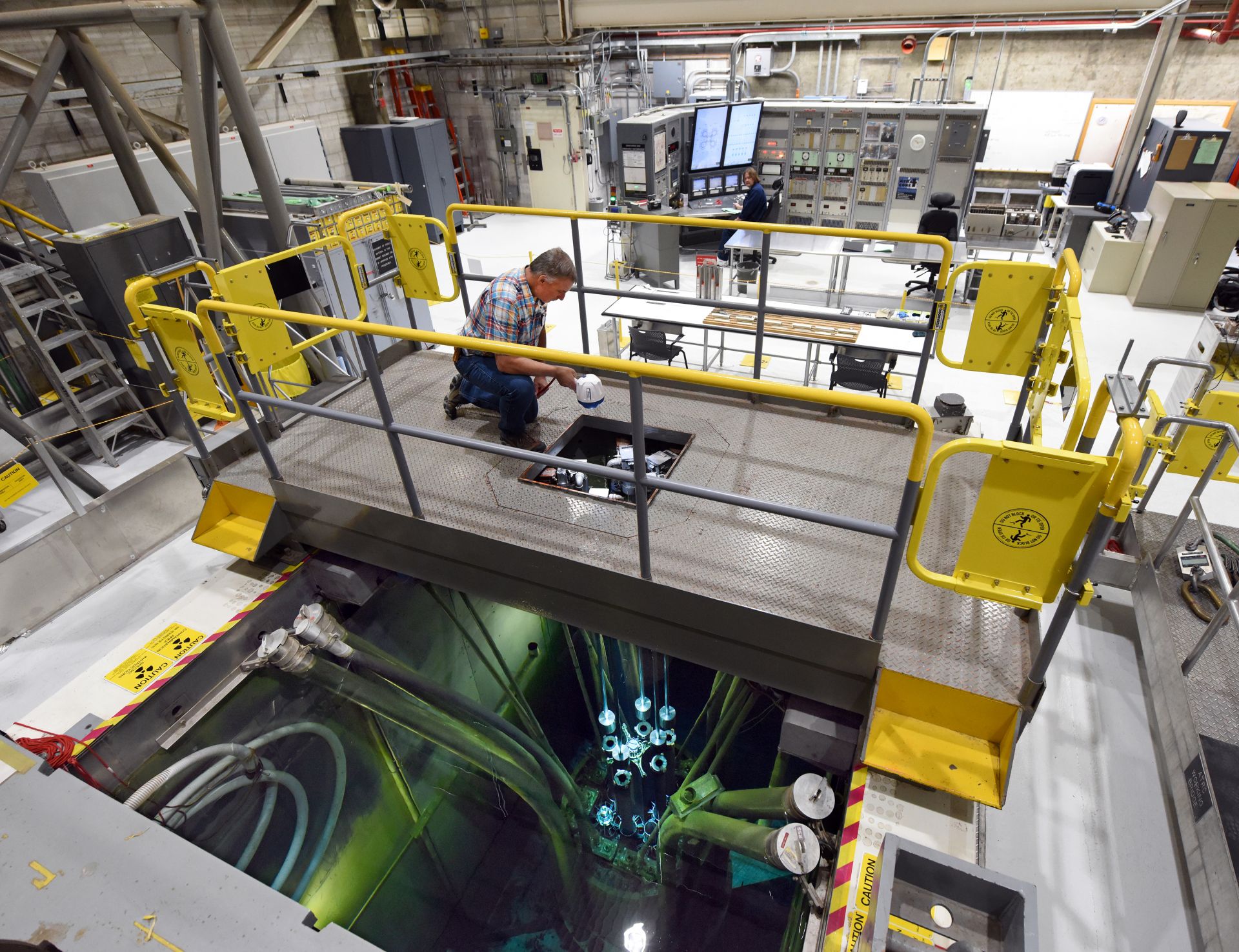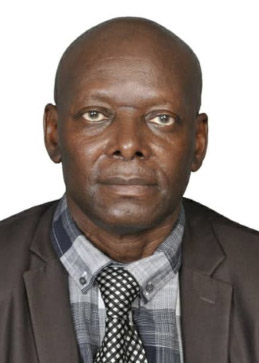A microreactor at every rest stop?

The MiFi-DC as portrayed in a video released by Argonne.
Electrifying the nation’s trucking industry could reduce consumption of fossil-based diesel fuel, but it would also pose new challenges. A cross-country 18-wheel truck needs five to 10 times more electricity than an electric car to recharge its battery. Where will that electricity come from?
A team of engineers at Argonne National Laboratory has designed a microreactor called the MiFi-DC (for MicroFission Direct Current) that they say could be mass-produced and installed at highway rest stops to power a future fleet of electric 18-wheelers.
Nuclear News reached out to the MiFi-DC team to learn more. The team, led by Derek Kultgen, a principal engineer at Argonne who also leads the lab’s Mechanisms Engineering Test Loop, responded to questions by email. While they emphasized that much more needs to be done before the MiFi-DC could become a fixture at rest stops across the country, the information the team shared sheds some light on the process of designing a tiny reactor for a specific purpose.













 The Nuclear Regulatory Commission last week announced the publication of the 2020–2021 Information Digest, which describes the agency's mission, responsibilities, accomplishments, and activities and provides general information on nuclear-related topics. The digest is published annually and, beginning this year, will be available electronically only on the NRC’s website.
The Nuclear Regulatory Commission last week announced the publication of the 2020–2021 Information Digest, which describes the agency's mission, responsibilities, accomplishments, and activities and provides general information on nuclear-related topics. The digest is published annually and, beginning this year, will be available electronically only on the NRC’s website.


 Communities that host nuclear power plants face “swift and severe” economic and social impacts following a plant’s closure, according to a report by the Nuclear Decommissioning Collaborative that was released on October 12. The free, 61-page report,
Communities that host nuclear power plants face “swift and severe” economic and social impacts following a plant’s closure, according to a report by the Nuclear Decommissioning Collaborative that was released on October 12. The free, 61-page report,
